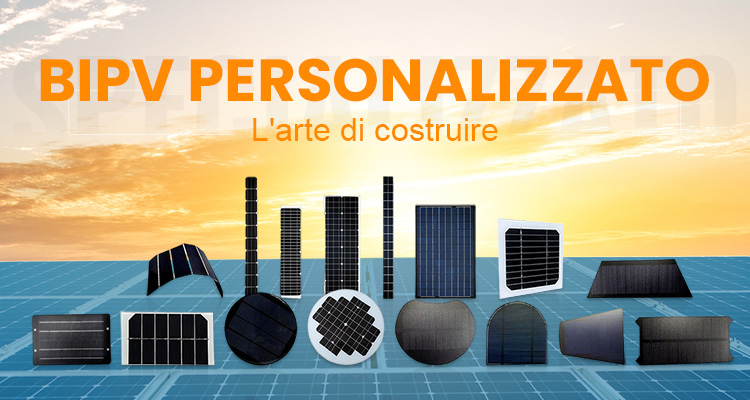Monocrystalline solar panels: How do they work and why are they efficient?
In today's world, energy demand is growing while traditional energy resources are becoming increasingly depleted. As a result, people began to look for renewable energy alternatives, and solar energy became one of the options that attracted much attention. As the core equipment for converting solar energy into electrical energy, solar panels' efficiency and performance are crucial to the development of solar energy utilization. Monocrystalline solar panels, as a type of solar panels, are popular for their high efficiency and excellent performance. This article will detail how monocrystalline solar panels work and why they are so efficient.
1. Working principle of monocrystalline solar panels
Monocrystalline solar panels are devices that use the photovoltaic effect to convert solar energy into electrical energy. The photovoltaic effect means that when light shines on a semiconductor material, the energy of the photon is absorbed by the electron, causing it to gain enough energy to jump into the conduction band, thereby generating an electric current. The core component of a monocrystalline solar panel is a solar cell sheet made of monocrystalline silicon. The working principle of monocrystalline solar panels will be introduced in detail below.
Light Absorption: The surface of monocrystalline solar panels is covered with a layer of low-reflectivity glass to maximize the absorption of sunlight. Photons from sunlight pass through the glass layer and enter the solar cells.
Photoelectric conversion: The single-crystal silicon material in the solar cell has a special energy band structure. When photons enter the solar cell, it will excite the electrons in the silicon material and make them jump into the conduction band to form an electric current. This process is called photoelectric conversion.
Current output: Output the generated current to the external circuit by connecting the metal wires on the battery piece. In this way, solar panels can convert solar energy into electrical energy for our use.

2. Reasons for the high efficiency of monocrystalline solar panels
Monocrystalline solar panels have higher efficiency and performance than other types of solar panels. The following will analyze the reasons for the high efficiency of monocrystalline solar panels from aspects such as materials, manufacturing processes, and structures.
Material advantages: Monocrystalline solar panels use monocrystalline silicon material, whose crystal structure is very complete and has no grain boundaries and defects. This results in higher photoelectric conversion efficiency and better stability.
Manufacturing process: The manufacturing process of monocrystalline solar panels is relatively complex, but it is this complex manufacturing process that makes them more efficient. Manufacturing monocrystalline solar panels requires melting silicon material at high temperatures and then making monocrystalline silicon wafers through processes such as drawing and cutting. This manufacturing process can ensure the integrity and purity of single-crystal silicon wafers, thereby improving photoelectric conversion efficiency.
Structural design: The structural design of monocrystalline solar panels is also one of the important reasons for their high efficiency. Solar cells are usually composed of multiple PN junctions, while monocrystalline solar panels use a back contact structure, that is, current is output through the back metal electrode. This structure can reduce light reflection and loss and improve photoelectric conversion efficiency.
In actual use, the efficiency of monocrystalline solar panels is also affected by various factors such as installation position, angle, temperature, etc. For example, as temperature increases, the band gap of silicon materials decreases, resulting in a decrease in its ability to absorb light. Therefore, a properly designed cooling system is crucial to keep panels operating efficiently. At the same time, adjusting the tilt angle of the panels according to different geographical locations and seasons allows them to receive the most direct sunlight, thereby maximizing power generation.
As a monocrystalline solar panel company, we are committed to providing high-quality products. Our products undergo strict quality control and testing to ensure they are efficient, reliable, and durable. We not only focus on product performance and efficiency but also on product design and appearance to meet the various needs of our customers. Whether for domestic, commercial, or industrial applications, we provide tailor-made solutions to help customers achieve sustainable energy use and cost savings.
As a type of solar panel, monocrystalline solar panels have high efficiency and excellent performance. Its working principle is to convert solar energy into electrical energy through the photovoltaic effect. The reasons for its high efficiency mainly include material advantages, manufacturing processes, and structural design. With the continuous advancement of science and technology and the continuous development of solar energy technology, it is believed that monocrystalline solar panels will play a more important role in the future energy field and provide mankind with cleaner and more sustainable energy solutions.
mia
charles@fgnexsolar.com
Post Comment